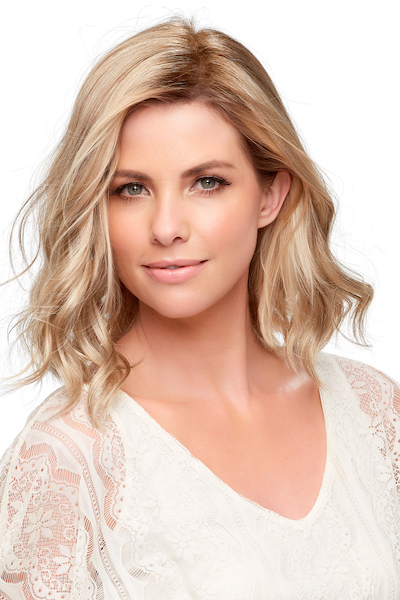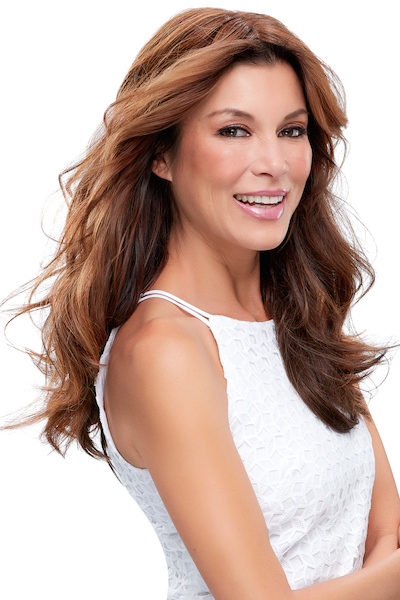It is Important to remember that we are all individuals and the rate and degree of hair loss will vary from person to person.
Most people shed between 50 and 100 strands of hair each day and although this may sound like a large amount it is not enough to cause any noticeable difference as on average we have around 100,000 strands of hair on our scalp. In brief each strand of our hair has growth and rest cycles and it is the length of each cycle as well as the quality of the growth that will determine the rate of hair loss. The Growth cycle (anagen phase) varies between individuals but on average can last 2 – 3 years, while the rest cycle (telogen phase) usually lasts only 2 – 3 months.
As we loose hair the scalp naturally replaces the old discarded hair with new strands, however when the new hair is not replaced as quickly as it is lost then a noticeable amount of hair loss can be seen over time. Reasons for the new hair not being replaced or the old hair being shed faster can be varied although most can be attributed to hormonal changes. These changes can be simply due changes associated with age as well as changes bought on by pregnancy, illness and the like.
Causes of Hair Loss.
Alopecia
There are several forms of alopecia which all have differing degrees of hair loss. Below is a list of the different forms of hair loss (alopecia). It is worth noting that most forms of hair loss can be traced back to medical conditions that stress the immune system e.g. Lupus, or stress specific organs of the body (i.e. Coronary disease, diabetics, hormonal changes, scalp infections etc…)
Alopecia Androgenetic (Pattern Baldness)
Pattern Baldness in both males and females is defined by the length of our hairs growth cycle as well as the quality of the new hair being grown. Hence as the growth cycle slows down and the resting/loss cycle becomes more accelerated hair loss begins to outweigh hair growth and pattern baldness becomes more apparent. The quality of the new growth plays a large part because as the quality declines so does the strength of the roots which in turn adds to the rate of hair loss. For this reason many treatments focus on strengthening or improving the quality of our re growth as not only attempting to stimulate new growth. Often pattern baldness is Hereditary and it is the heredity factors that will determine the degree, rate and onset age of pattern baldness.
Alopecia Areata.
This is the most common form of alopecia and as with all alopecia sufferers is attributable to some form of autoimmune disease e.g. Lupus. The hair loss is usually in several places on the scalp and presents as localized round patched differing in size.
Alopecia Areata Totalis.
As suggested by the name this form of alopecia causes total hair loss on the scalp and can occur either slowly over time or very quickly in no time at all. The speed of hair loss varies between individuals and it is not known as to what factors contribute to the speed of loss.
Alopecaia Areata Unversalis.
This is the rarest form of alopecia and as results in total hair loss not only on the scalp but all over the body such as facial hair, eyebrows etc…
Trichotillomania (hair pulling)
Trichotillomania is a disorder where the sufferer has a compulsive behavior of pulling out his or her own hair. They can pull hair from any part of the body, however it is pulling of scalp hair that is obviously most noticeable. This compulsion far exceeds the normal level of a behavior that we perceive as a habit.
The cause of this compulsion will vary between individuals, however it is often attributed to anxiety from stressful situations in the persons life. Trichotillomania has been described in these cases as a self-soothing mechanism used by the person to cope with the stress or anxiety that they are enduring.
It is believed that genetics can play a part in this disorder with some people being more genetically disposed to becoming a sufferer.


